How to Put Your ERP on Steroids
Don’t we love ERP solutions? Besides being sometimes crumble and difficult to master they get the job done. Goods are delivered and books get closed....
3 min read
 Janne Kivilaakso
:
May 15, 2018 7:05:00 AM
Janne Kivilaakso
:
May 15, 2018 7:05:00 AM
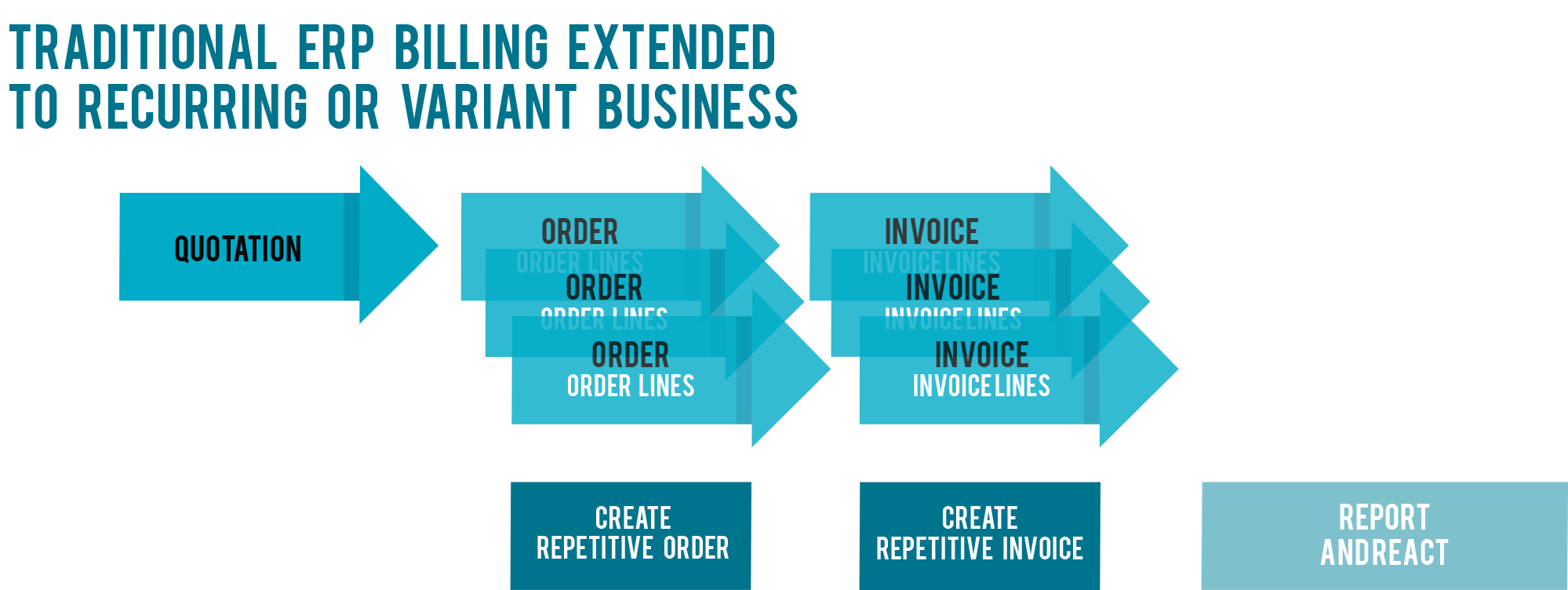
Good ERP system is an essential tool to support product sales, manufacturing, warehousing, delivery and billing.
However, the ERP mode of operation ‘A Leads to B’, does not support scalable transformation to recurring revenue business models. Specifically, the kind of services requiring advanced variable usage-based pricing are difficult for ERP systems.
Have you ever wondered why this is?
Traditional ERP solutions were designed to manage straightforward order–deliver–invoice chains. They function based on predefined sequences where A leads to B and B leads to C and so forth.
Once an order is placed, a product is manufactured according to a defined bill of material or shipped from inventory. The shipping event is a trigger that goods are ready to be invoiced.
This mode of operation can be defined as ‘A Leads to B’ -process. It is a good and solid process, if you sell goods.
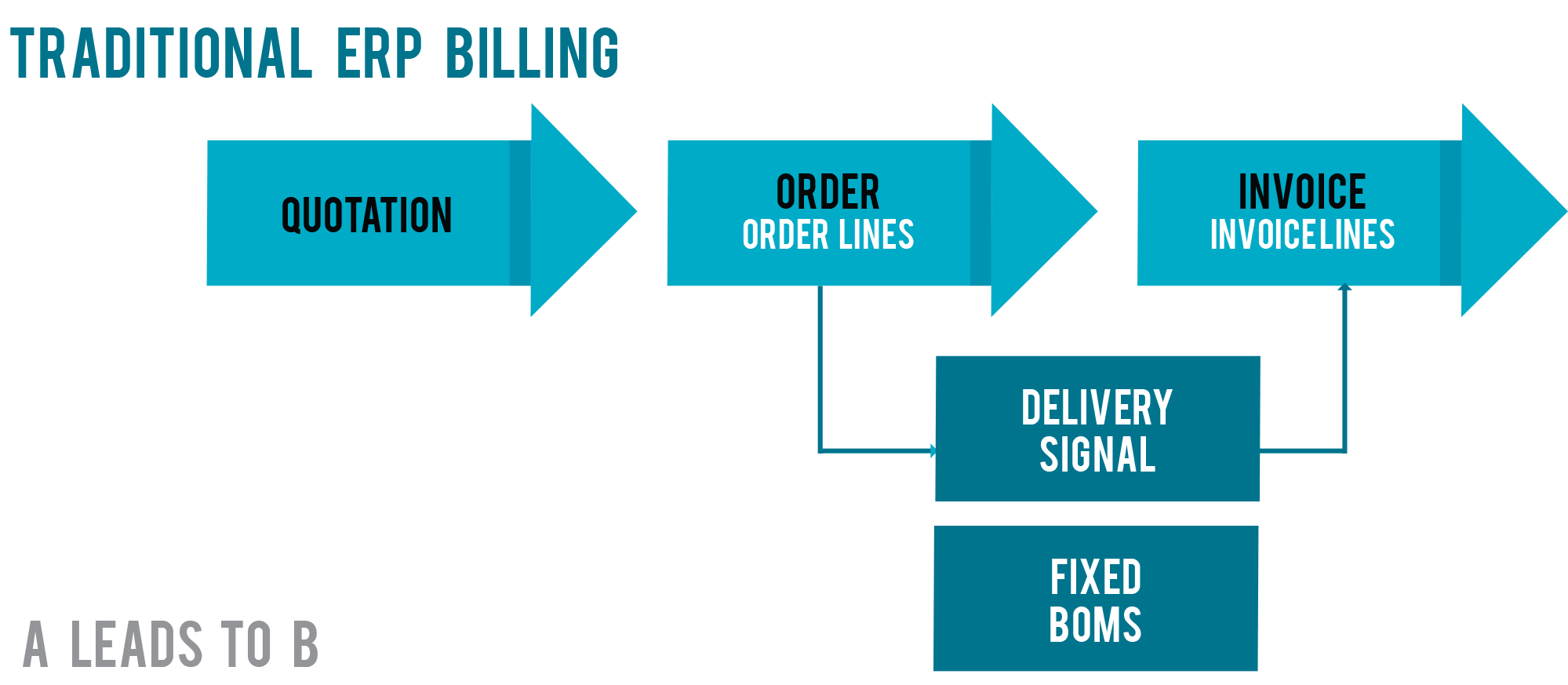
When companies move from product sales to recurring business models, where revenue is no longer based on a one-time movement of physical goods, things get a bit more complicated.
Often the ERP is not managing the service delivery operation. Service events need to be scheduled or specified timelines need to be monitored with separate systems or via a plethora of reports. Based on the event reporting, synthetic order lines and/or invoice lines are entered into ERP systems to process the data to produce an invoice to the customer and for the bookkeeping.
As the physical movement of goods no longer serves as the billing trigger, potential for making errors and forgetting to take actions increases dramatically. Service businesses are experiencing revenue leakage and decreased customer satisfaction due to these kinds of errors.
For simple recurring services (such like monthly fixed fees) automation can be applied on top of the ERP system via various means.
I shall call this a ‘Report and React’ process, where one typically has to create excessive volumes of service product codes for different service parameters and prices, and actively follow up to react to all changes. In this kind of scenario employees often find that ERP enslaves them bringing a lot of manual tasks for them.
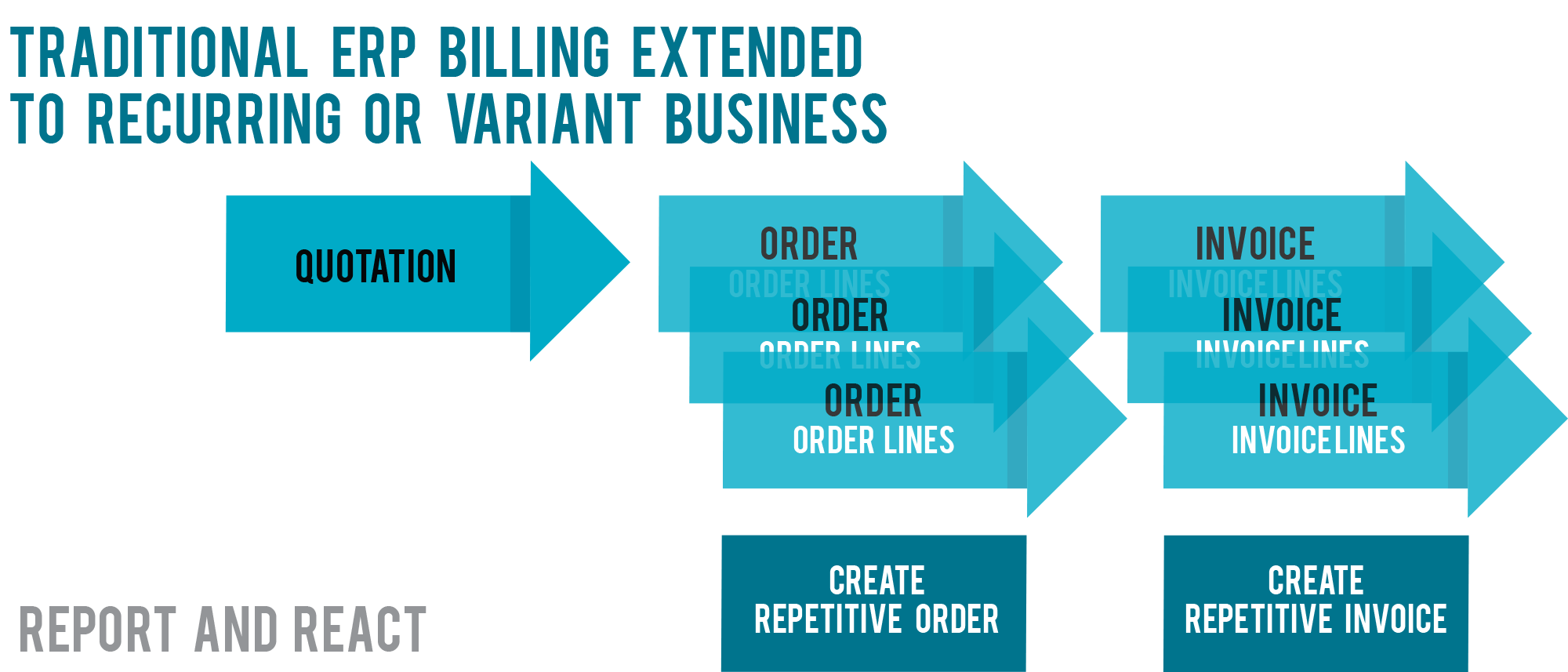
As ‘product sale’ business models transform to flexible 'recurring revenue' business models, things change dramatically.
Continuous service business relationship merely sets up a framework for the financial settlements and managing the changes in the service scope. Let’s take an example:
Such offering scenario will be of great value to customer but makes life in the back office rather complicated. In many cases such back office unmanageability and poor scalability becomes a bottleneck, or even a no-go decision, in offering customers more flexible business models.
Such business models are data-driven. New kind of systems are needed to support handling and storing a data flow defining what machines are active and how much they are used.
Modern service billing solution can automatically utilize such data flows from the IoT platform and other data sources and automatically process correct pricing and billing based on business rules.
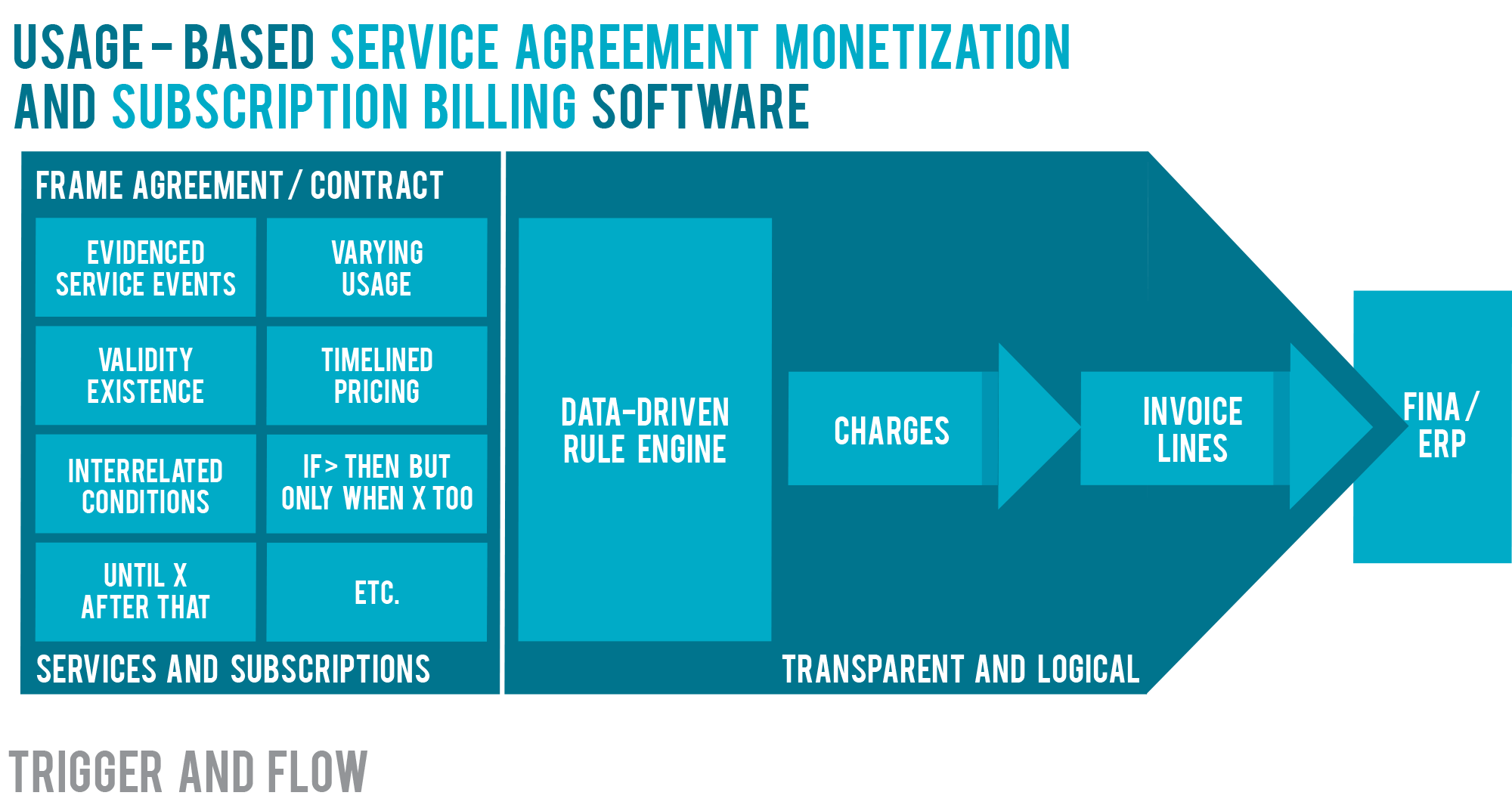
Let’s call this intelligently automated mode ‘Trigger and Flow.
Automation keeps running without any manual reporting and reacting whatever the usage variation is until the machine is decommissioned. And billing is never forgotten or wrong. Or late. Fire and forget!
Are you operating service business or launching new recurring revenue business and pricing models? Be sure to develop capabilities to master variation for different pricing models for charging your services not to burden sales and back-office with manual tasks.
Good Sign Solution offers the capabilities for flexible recurring revenue billing, monetization and end-to-end digitalization.
To find out more, download our whitepaper The Why and How: Recurring Revenue Business Models:
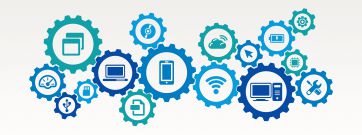
Don’t we love ERP solutions? Besides being sometimes crumble and difficult to master they get the job done. Goods are delivered and books get closed....
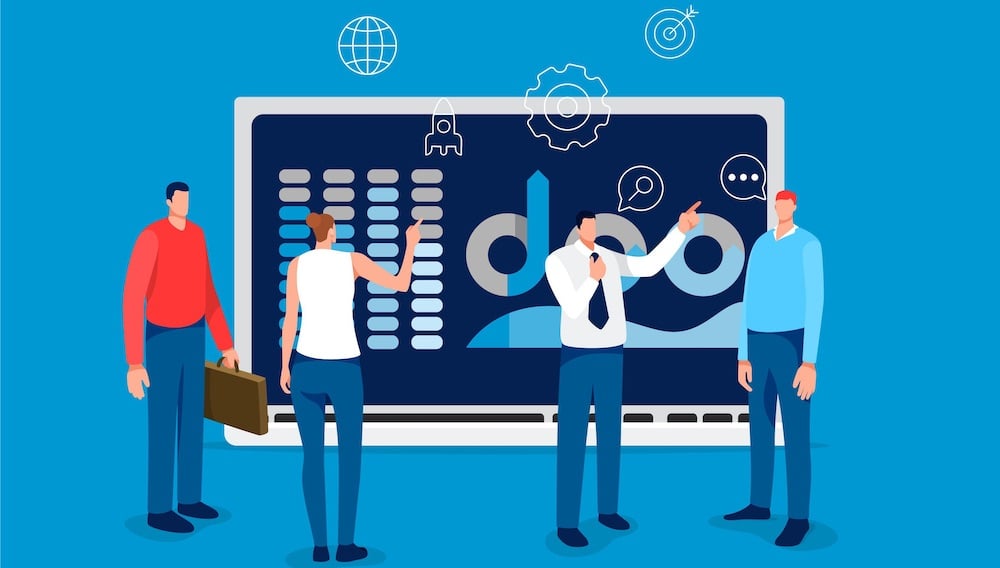
For businesses that are looking to transform or improve their service pricing and billing, an ERP system may not be enough to handle the complexity...

Scalability is a common factor to fast growing and profitable service businesses. It is not only about the ability to manage changes in volume. It...